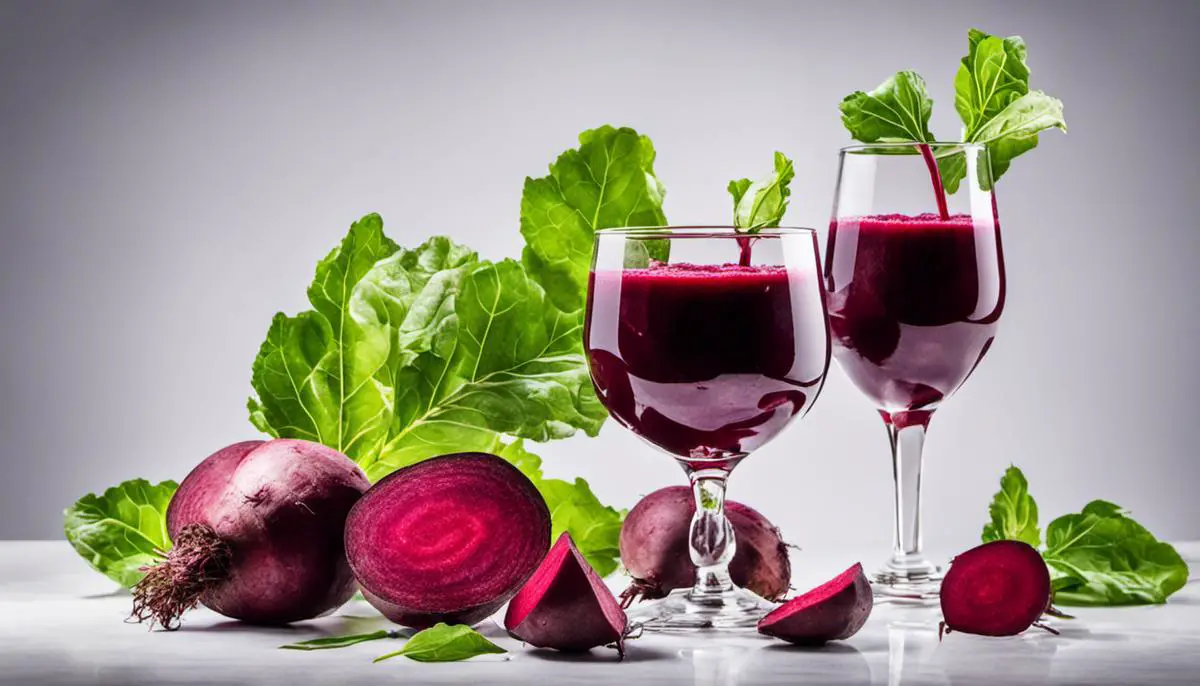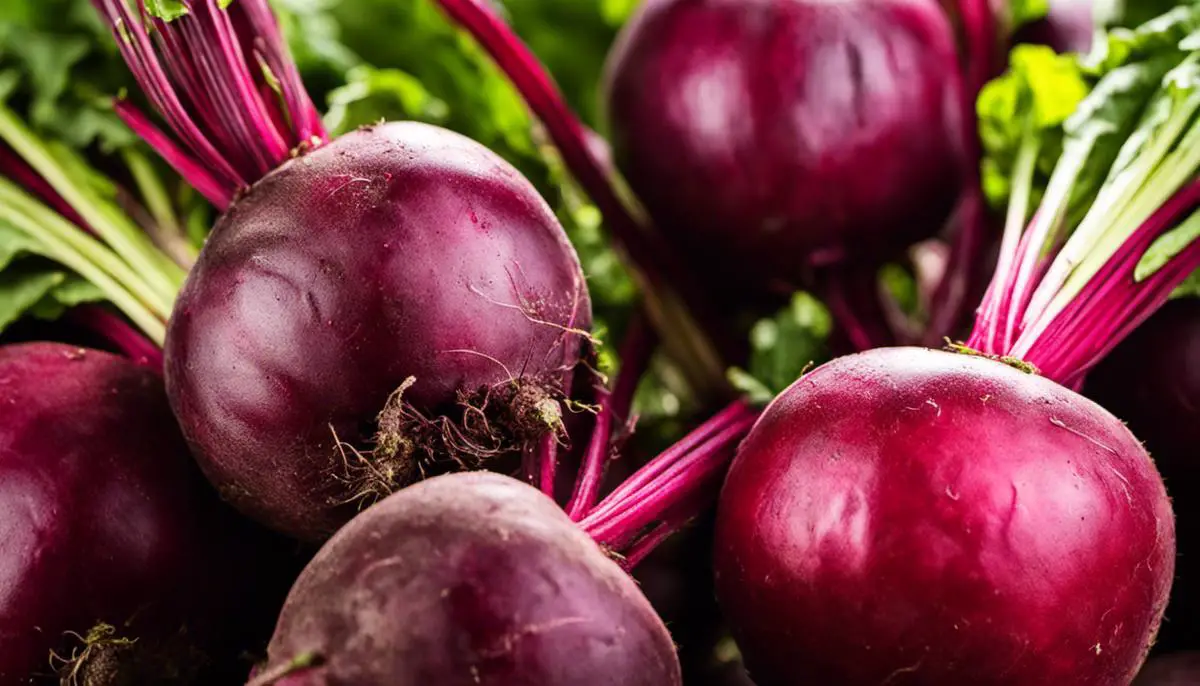There’s a myriad of intriguing beverages out there boasting an impressive array of health benefits, but few can match the nutrient-packed punch of beet juice. Esteemed as a superfood, beets are loaded with vital vitamins and minerals that contribute to overall well-being. Beet juice, in particular, is a convenient and delicious way to infuse these nutrients into your diet. In the following discussion, we will delve into the nutritional advantages of beet juice, making the process fascinating and meaningful to you. By acquainting yourself with this information, you’re not merely quenching your curiosity but also enhancing your understanding of this humble root vegetable’s extraordinary potential.
Understanding the Nutritional Benefits of Beet Juice
Understanding the Nutritional Benefits of Beet Juice
The nutritional profile of beet juice is what makes it a popular choice for those invested in their health. The major nutrients in beet juice include Vitamin C, potassium, manganese, dietary fiber, Vitamin A, Vitamin E, Calcium, and Iron, all bundled into a delicious, low-calorie package.
Vitamin C is known for its immune system-boosting properties and antioxidant activities. Strong evidence shows that this vitamin can help prevent damage to cells caused by free radicals, unhealthy molecules that can lead to chronic diseases.
Beet juice is also an excellent source of potassium, a mineral essential for nerve and muscle cell functioning, maintaining healthy blood pressure levels, and supporting cardiovascular health.
Manganese, another mineral found in beet juice, plays an essential role in numerous bodily functions, such as supporting bone health, aiding in metabolism, and promoting wound healing.
In terms of dietary fiber, beet juice contributes to a healthy diet by supporting digestive health, controlling blood sugar levels, aiding in weight management, and reducing the risk of several diseases.
Vitamin A and E, found in lesser amounts in beet juice, are crucial for maintaining good vision, supporting the immune system, assisting in cell interactions to carry out many body functions, acting as an antioxidant, and playing vital roles in maintaining skin health.
Interestingly, beet juice also contains betalains, plant pigments that possess numerous health benefits, including anti-inflammatory and antioxidant effects.
Calcium, often associated with bone health, helps with nerve transmission and muscle function in addition to maintaining bone strength. Iron, another mineral present in beet juice, helps maintain healthy blood by aiding in the production of hemoglobin, a protein that carries oxygen throughout the body.
In conclusion, the nutritional benefits of beet juice range from boosting immunity and maintaining cardiovascular health to promoting digestive health and aiding in wound healing. Considering all of these health benefits, it’s clear why beet juice is seen as a valuable addition to a balanced diet.

The Process of Making Beet Juice
Step 1: Choosing the Perfect Beets
To make flavorful beet juice, the first and vital step is picking the best beets. You’ll need about two to three medium-sized beets for one serving of juice. When choosing beets at the grocery store or farmer’s market, look for ones with bright, firm leaves and smooth, hard skins. The root should be round, not elongated, and free of cuts or bruises that could indicate rotting.
Step 2: Cleaning the Beets
Next, clean the beets thoroughly. Start by chopping off the green leaves and any dangling roots, and then scrub the beets under running water to remove any soil or grit. Avoid peeling the beet beforehand, as the skin provides a lot of the beneficial nutrients found in beet juice.
Step 3: Cutting the Beets
Cut the beets into small chunks that fit into your juicer. Make sure to use a sharp knife for this task as beets can be quite hard. If you’re using a centrifugal juicer, the pieces will need to be quite small; if you’re using a masticating juicer, you might be able to get away with larger pieces.
Step 4: Juicing the Beets
Now it’s time to extract the juice. Depending on your juicer, you’ll either feed the chunks of beet through a tube where they’ll be shredded and squeezed to release the juice, or you’ll press them against a mesh screen where the juice will be separated from the pulp. Be sure to follow the manufacturer’s instructions for your specific model.
Step 5: Storing the Beet Juice
Once you’ve extracted the juice, transfer it to a sealable container and refrigerate it. Beet juice is best consumed fresh, but it can be stored for up to 48 hours after juicing. For optimal freshness, store the juice in a glass jar with an air-tight lid, as air exposure can degrade the nutrients in the juice. Always shake the jar before pouring to mix up any sediment that may have settled at the bottom.

As the exploration concludes, it’s safe to say that beet juice provides us with much more than a refreshing beverage. Its astounding health benefits warrant our attention, and its diverse uses in the kitchen make it a versatile ally for our culinary adventures. The key lies in knowing how to extract its goodness and leverage it for our overall well-being. Now that you’ve learned how to choose the right beet, harness its juice, and store it appropriately, you’re all set to bring the remarkable benefits of this nutritious drink into your life. Remember, while beet juice is a phenomenal addition to your diet, the ultimate goal is to maintain a diverse, balanced food intake for comprehensive nourishment.
